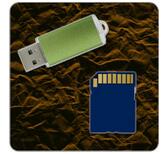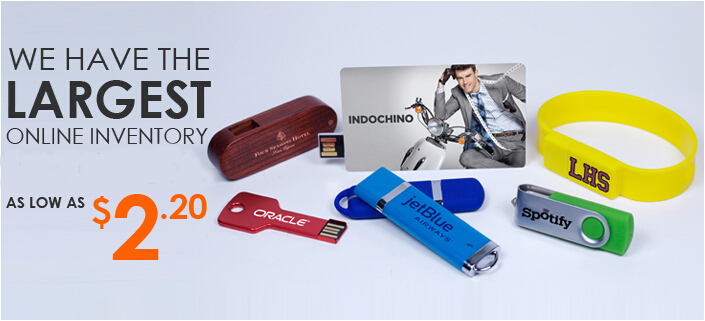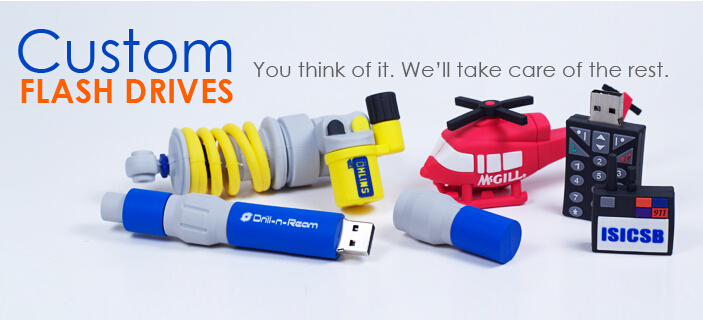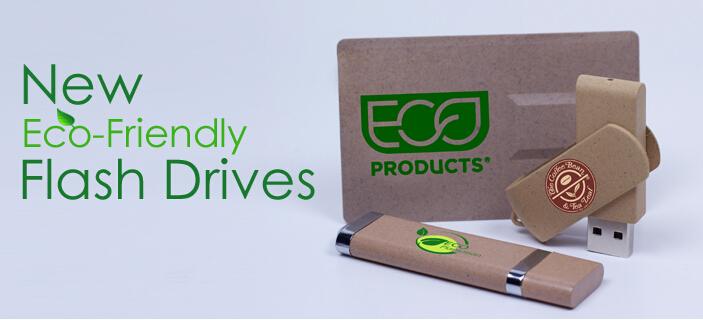The USB flash drive versus SD card: they’re both small, portable and used to transfer and store files. Their differences are noteworthy, but they are hardly rivals in the world of NAND flash storage. It is important however to distinguish what makes these memory formats unique so that you can use each of them to their fullest potential.

USB flash drive
USB drives are removable storage devices equipped with flash memory capabilities and a USB connector. They are compatible with any system that offers a USB port, including Windows, Mac and Linux. They can store anywhere between 128MB to 256GB of data. While most flash drives use USB 2.0, some newer drives on the market offer USB 3.0 with ten times the data transfer speed that we currently use.
Flash drives offer a unique versatility in that they can be customized from the inside out to promote a brand or educate an audience. Their standard rectangular shape can be transformed into a unique design suited to your purpose. Manufacturers also tend to create flash drives by original shapes and colors in order to stand out to consumers. Nothing is off limits in terms of custom shaped USB drive creativity. How you access the data of a flash drive also makes it different. They can be outfitted with everything from password and virus protection to biometric security.
SD Card
The (Secure Digital) SD card also uses non-volatile memory like flash drives. SD cards are an integral part of many devices including digital cameras, phones, MP3 players and game consoles. The average SD cards offer 2GB, 4GB and 8GB capacities but can reach up to 32GB. (Lexar recently started shipping 128GB SDXC cards.)
These memory cards look like an asymmetrical, rectangular wafer with contact pins whose physical size ranges between 11mm to 32mm long depending on the type of SD card you are using. SD, miniSD, microSD, SDHC, miniSDHC, microSDHC, SDXC and microSDXC are your available options. Herein lies the biggest disadvantage to SD cards: it lacks the universal compatibility of a flash drive. Not every card slot built in every computer system will read all the cards. As a result, you will likely need to use a card reader.
Flash Drive vs SD Card
There’s not a clear winner in terms of flash memory formats here. On one hand, you can’t operate your multimedia devices without an SD card. On the other hand a USB flash drive is superior in its ability to work seamlessly with your operating system. USB drives also broaden the scope of who can use them and where. Custom USB drives can also be used for the promotion of businesses and organizations alongside your basic data storage and transfers. However, Premium USB recognizes the importance of using SD cards for multimedia and creative professional demands, so we offer SD card duplicators.
You could even argue that the SD card and USB flash drive cannot live without each other—a flash drive needs the images, video and sound that an SD card can provide while an SD card needs the flash drive for backup and readily available access to the files.
Differences between USB flash drive and SD card? Tell us what you’ve discovered about your digital storage.





